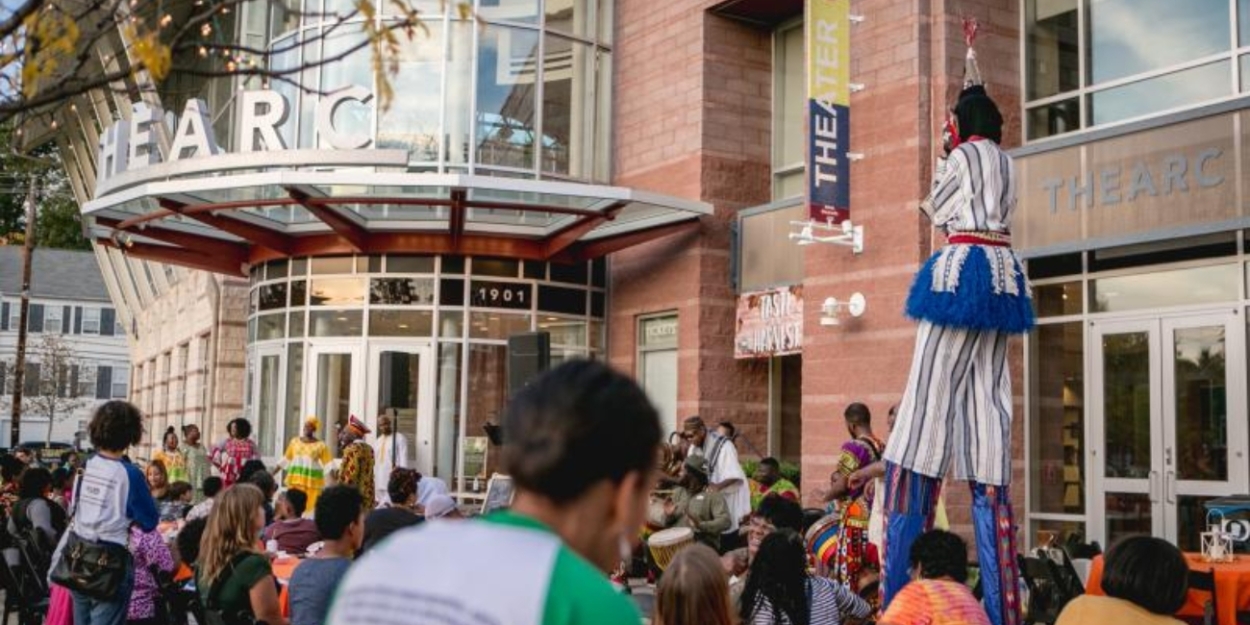National Endowment For the Arts Explores Arts Engagement and Social Connectedness
The findings come from the U.S. Census Bureau’s Household Pulse Survey from April to July 2024.

A new research brief released by the National Endowment for the Arts (NEA) has examined recent patterns of arts engagement among U.S. adults, and the relationship between arts engagement and social connectedness. The findings come from the U.S. Census Bureau’s Household Pulse Survey from April to July 2024.
NEA Chair Maria Rosario Jackson, PhD, said: “Timely data on arts engagement in our country is key as researchers seek to measure the health of the arts sector following the COVID-19 pandemic, as well as to improve our understanding of how the arts can impact many aspects of our lives, including issues of loneliness and social isolation. The National Endowment for the Arts is pleased to add this report to our expanding body of research on the arts’ benefits for our lives and communities.”
Highlights from “Arts Attendance, Art-Making, and Social Connectedness: Spring/Summer 2024” are below. The findings about the arts’ positive links to social connectedness are especially promising in light of a 2023 Surgeon General’s advisory about the adverse health effects of loneliness and social isolation. See the full NEA research brief for additional statistics, including differences in arts participation rates by age, gender, race/ethnicity, education, and annual income. Future research will examine subgroup differences in the outcomes associated with arts participation.
Arts Attendance and Arts Creation:
- Between April and July 2024, a quarter (25.0 percent) of U.S. adults attended at least one live, in-person performance and/or art exhibit in the previous month.
- 17.0 percent of adults went to the movies in the previous month.
- 16.3 percent of adults created, practiced, or performed artworks in the previous month.
Access to Arts and Cultural Amenities:
- A total of 62.2 percent either agreed (45.8 percent of all adults) or strongly agreed (16.4 percent) with the statement: “There are plenty of opportunities for me to take part in arts and cultural activities in my neighborhood or community.”
- Among those least likely to agree with this statement were younger adults (54.4 percent versus 70.4 percent of those 65 or order); Hispanics and non-Hispanic Blacks (53.4 and 53.2 percent, respectively); and those who did not go to high school.
The Arts and Social Connection:
Attending meetings or clubs:
- Adults who attended arts events and/or created art within the previous month were more likely than those who did not to participate in social groups—such as church groups, unions, fraternal or athletic groups, or school groups—and to do so at higher frequency levels.
- 42.0 percent of arts attendees reported not belonging to such a group, compared with 52.1 percent of non-arts attendees.
- 46.4 percent of arts creators—and 57.7 percent of non-creators—reported not belonging to a social group.
- Arts attendees and arts creators are also more likely to attend organization or club/group meetings.
- 29.2 percent of arts attendees went to organization or group/club meetings 12 or more times. For non-arts attendees, that rate was 15.0 percent.
- Among arts creators, the rate of participating in such meetings 12 or more times a year was 28.2 percent, versus 19.3 percent of non-creators.
Perceptions of loneliness
- Adults who attended live arts events were less likely than non-arts attendees to report feeling more acute levels of loneliness.
- 2.7 percent of adults who attended live arts events in person reported “always” feeling lonely, compared with 5.1 percent of non-arts attendees.
- 38.7 percent of arts attendees reported feeling only “rarely” lonely, compared with 25.4 percent of non-arts attendees.
- However, adults who created or performed art were generally more acquainted with at least some level of loneliness than were non-creators.
- Only 18.4 percent of arts creators reported “never” experiencing loneliness, versus 27.3 percent of adults who did not create or perform art.
Social and emotional support
- Adults who attended live arts events in the previous month were more likely than non-arts attendees to report receiving the social and emotional support they needed.
- 29.8 percent of arts attendees reported “always” receiving such support, compared with 23.4 percent of non-arts attendees.
- Arts creators were more likely to receive social and emotional support than were non-creators.
- 38.8 percent of arts creators, versus 30.3 percent of non-creators, “usually” received the support they needed.
Phone conversations with friends, family, neighbors
- Adults who had attended arts events in the past month were more likely than non-attendees to talk with friends and family on the phone—and to do so more often.
- Arts creators were more likely than non-creators to talk with friends and family on the phone once or twice a week, but less likely to talk five or more times a week.
Time spent with friends and family
- Adults who attended arts events and/or created art were more likely than those who did not to get together with friends or family.
- 45.1 percent of arts attendees met with friends and family once or twice a week, compared with 30.3 percent of non-arts attendees.
- 35.6 percent of arts creators got together with family or friends less than once a week, compared with 42.1 percent of non-creators.
Photo Credit: Becky Harlan

Videos


